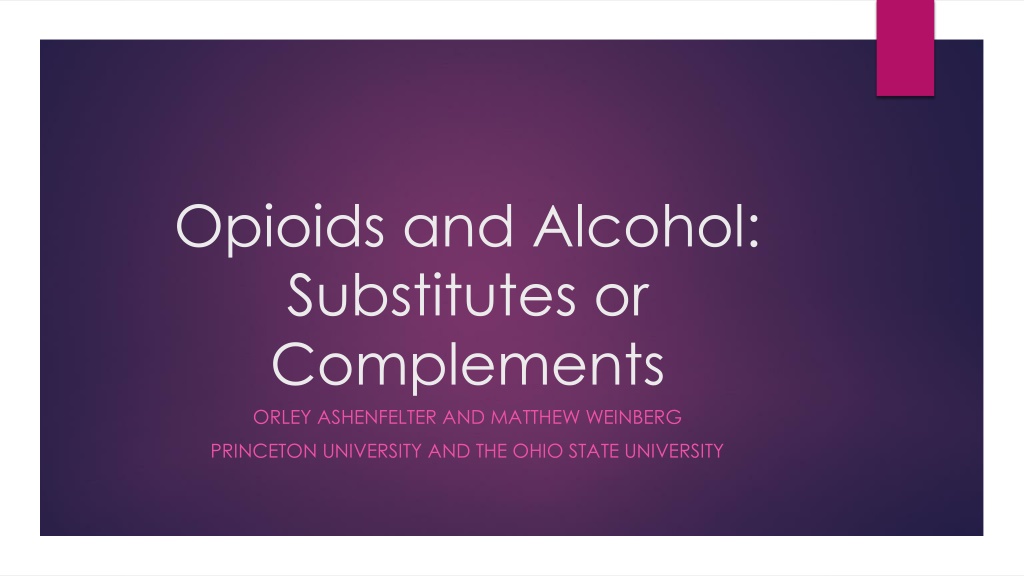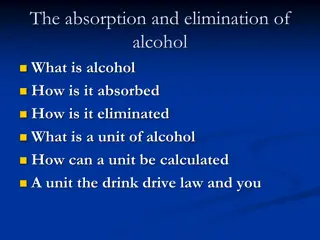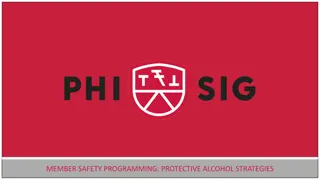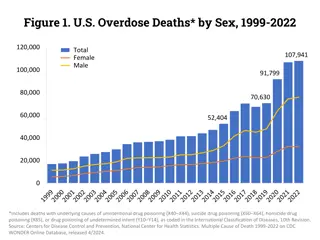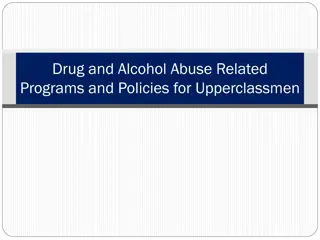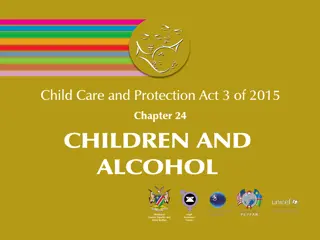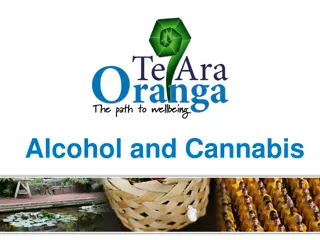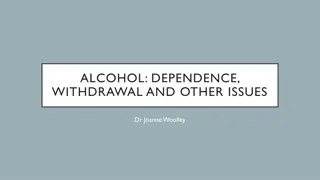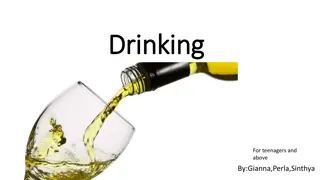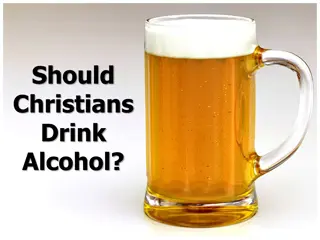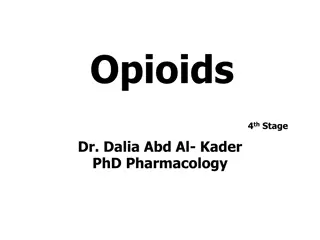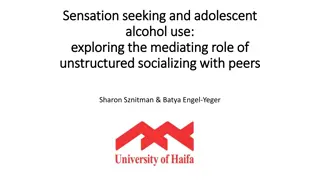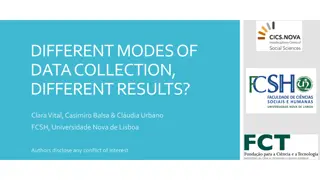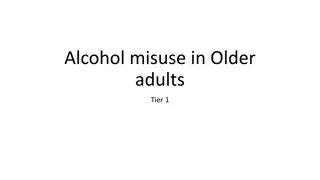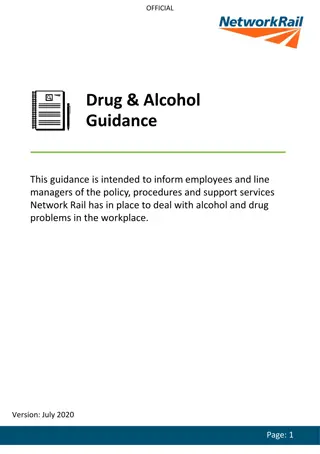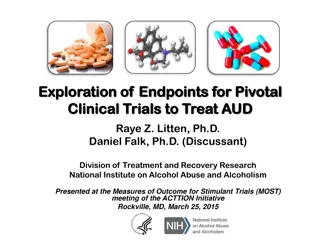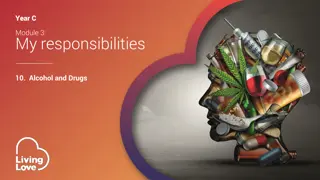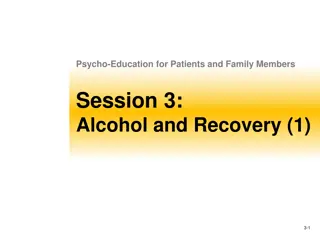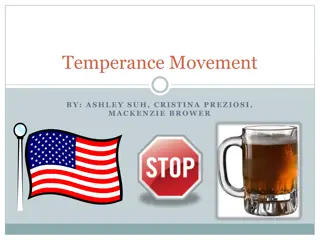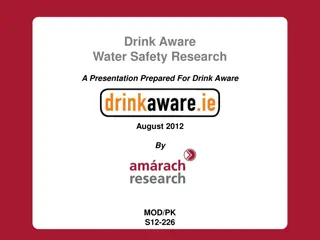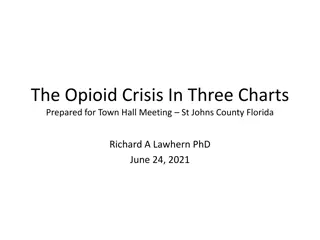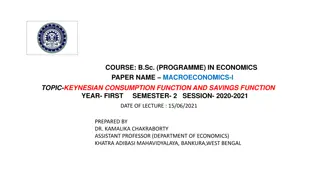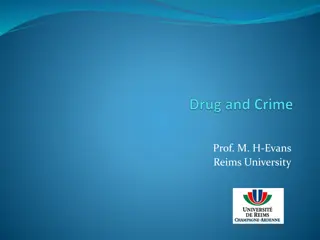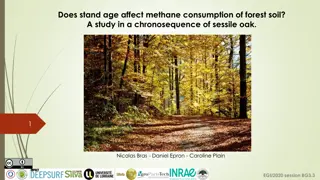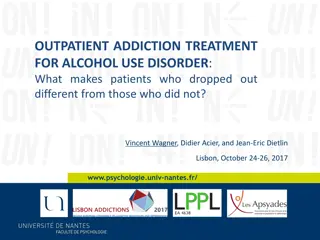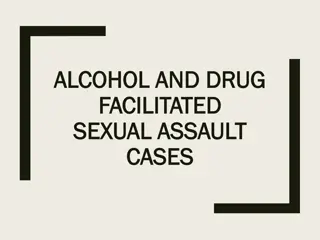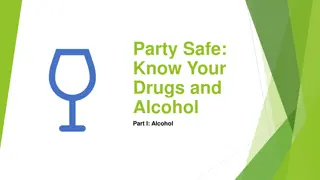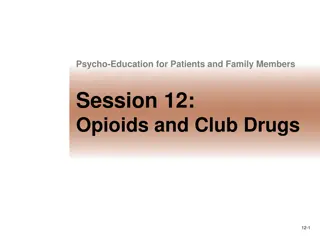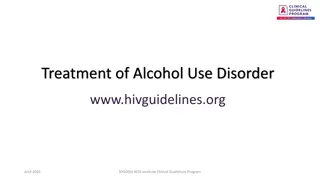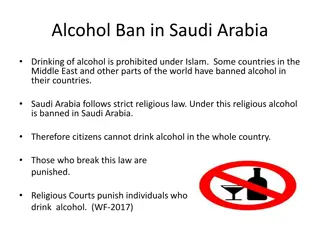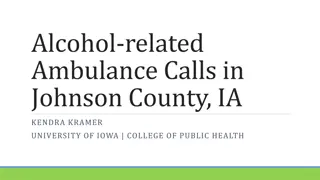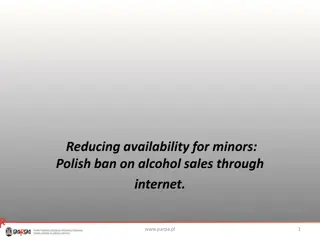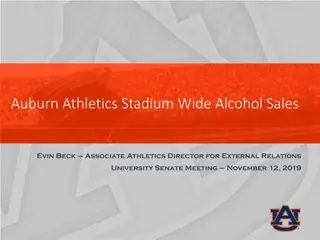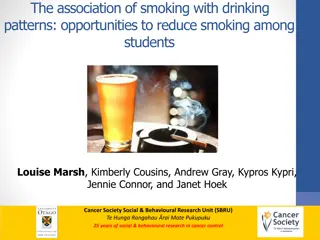Understanding the Relationship Between Opioids and Alcohol Consumption
This study explores the potential substitutes or complements relationship between opioids and alcohol. Evidence suggests that there may be an interplay between the consumption patterns of these substances, with intriguing correlations observed across different states in the US. The analysis considers factors such as alcohol consumption levels, opioid use, and potential substitutes and complements in the context of chronic pain management.
Download Presentation

Please find below an Image/Link to download the presentation.
The content on the website is provided AS IS for your information and personal use only. It may not be sold, licensed, or shared on other websites without obtaining consent from the author. Download presentation by click this link. If you encounter any issues during the download, it is possible that the publisher has removed the file from their server.
E N D
Presentation Transcript
Opioids and Alcohol: Substitutes or Complements ORLEY ASHENFELTER AND MATTHEW WEINBERG PRINCETON UNIVERSITY AND THE OHIO STATE UNIVERSITY
Motivation: Theory and Evidence Chronic Affects over 100 million people in the US, or one in three individuals. Twenty-five million American suffer from daily pain, and 40 millions from very severe chronic pain. Thus, we need to find alternative way to deal with pain, other than opiods. Dr. Gail D Onofrio
There is some very suggestive, but inconclusive evidence that Alcohol and Opiods may be subsitutes
SOME DEFINITIONS Medical Morphine Equivalent (MME) is a standardized measure of opiod strength. Dry counties prohibit the sale of any alcoholic beverages Wet counties place no restrictions on the sale of alcoholic beverages except for minor sales restrictions, such as a ban on Suknday sales Moist counties place some restrictions, such as a ban on the sale of spirits, but not wine and beer, or a ban on tavern sales of spirits
Some Extremely Interesting Correlations Between Alchol Consumption and Opiod Use Utah, a heavily Mormon state is among the very lowest in alchol consumption and the very highest in opioid use. The deep South has very low alcohol consumption and extremely high opiod consumption. Moving north to south at a given longitude displays some remarkable negative correlations between alcohol and opiod consumption, eg, Texas, Oklahoma, Kansas, Nebraska, South Dakota, and North Dakota.
Theory and Measurement of Subsitutes and Complements Substitutes are defined as goods for which the income compensated effect of a change in the price of the ith good produces an increase in the demand for the jth good, ie dx(j)/dp(i)=s(i,j)=s(j,i)>0 Intuitively, a price increase for the ith good produces substitution to the jth good If the ith good is rationed, it is possible to show (Ashenfelter, Econometrica, 1980) that the effect of a change in the ration constraint of the ith good on the consumption of the jth good is dx(j)/dx(i)=s(j,i)/s(i,i) Since s(i,i)<0, this implies that an increase in the permitted consumption of the rationed good decreases the consumption of a substitute
Empirical Strategy There remain many US counties that restrict the sale of alcohol, categorized as Dry, Moist, or Wet that we may use as rationed. A regression of opiod consumption on alcohol consumption reveals if they are substitutes or complements, and the Dry, Moist, Wet categories may serve as an instruments for alcohol consumption. The reduced form regression of opioid consumption on Dry, Moist, Wet also measures whether opioids and alcohol are complements Question: is opiod consumption lower in Wet counties or Dry counties?
Some Preliminary Results: Effect of Dry, Moist Counties on MME Reduced Form Regessions Dry Only Dry Moist 180. 203 88 (3.6) (4.1) (4.3)
Regressions of MME on Various Alcohol Consumption Levels, Instrumental Variables Alcohol Wine Beer Spirits -.05 -.12 -.15 -.20 (-3.6) (--3.5) (-3.6) (-3.5)
